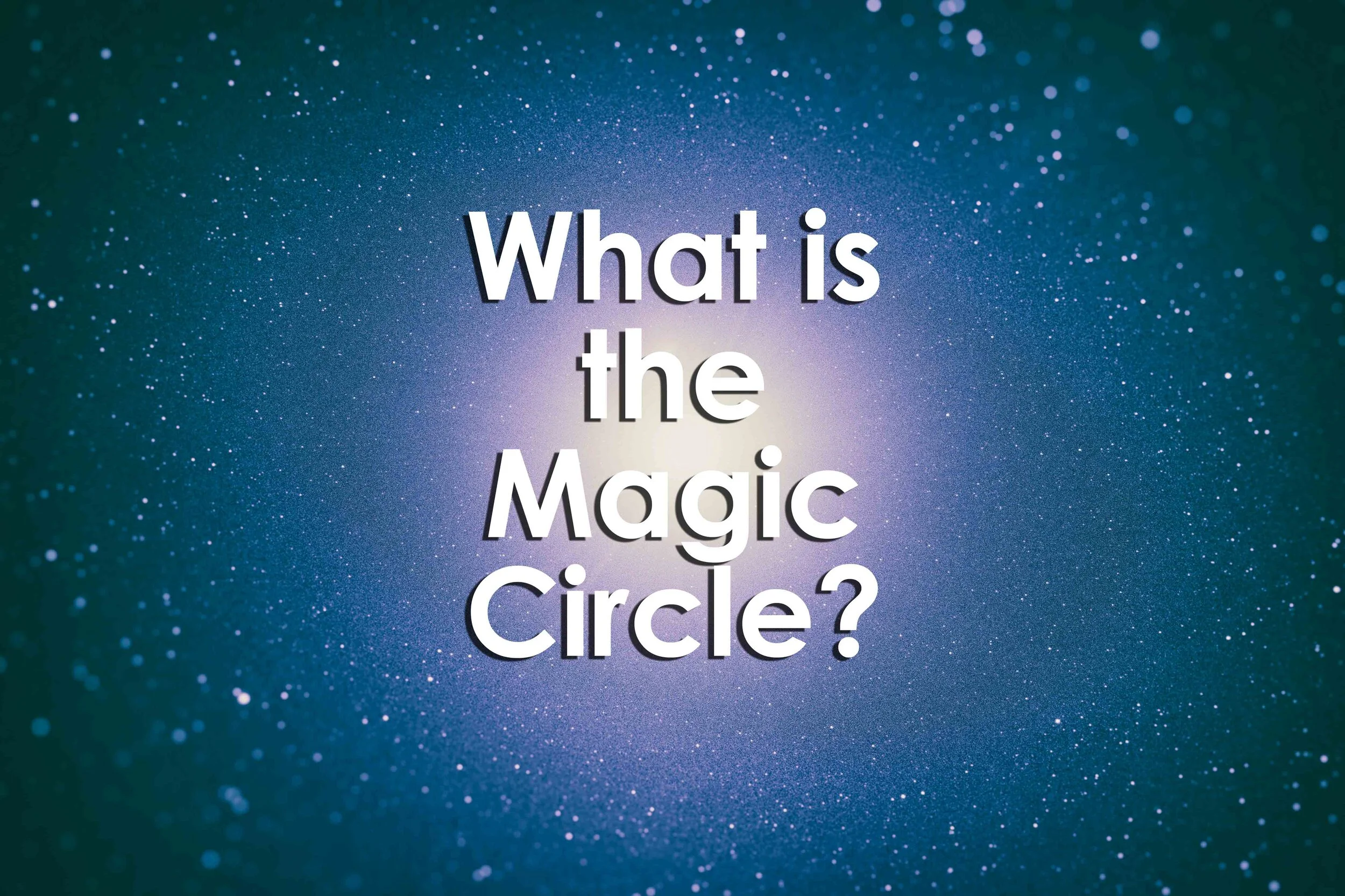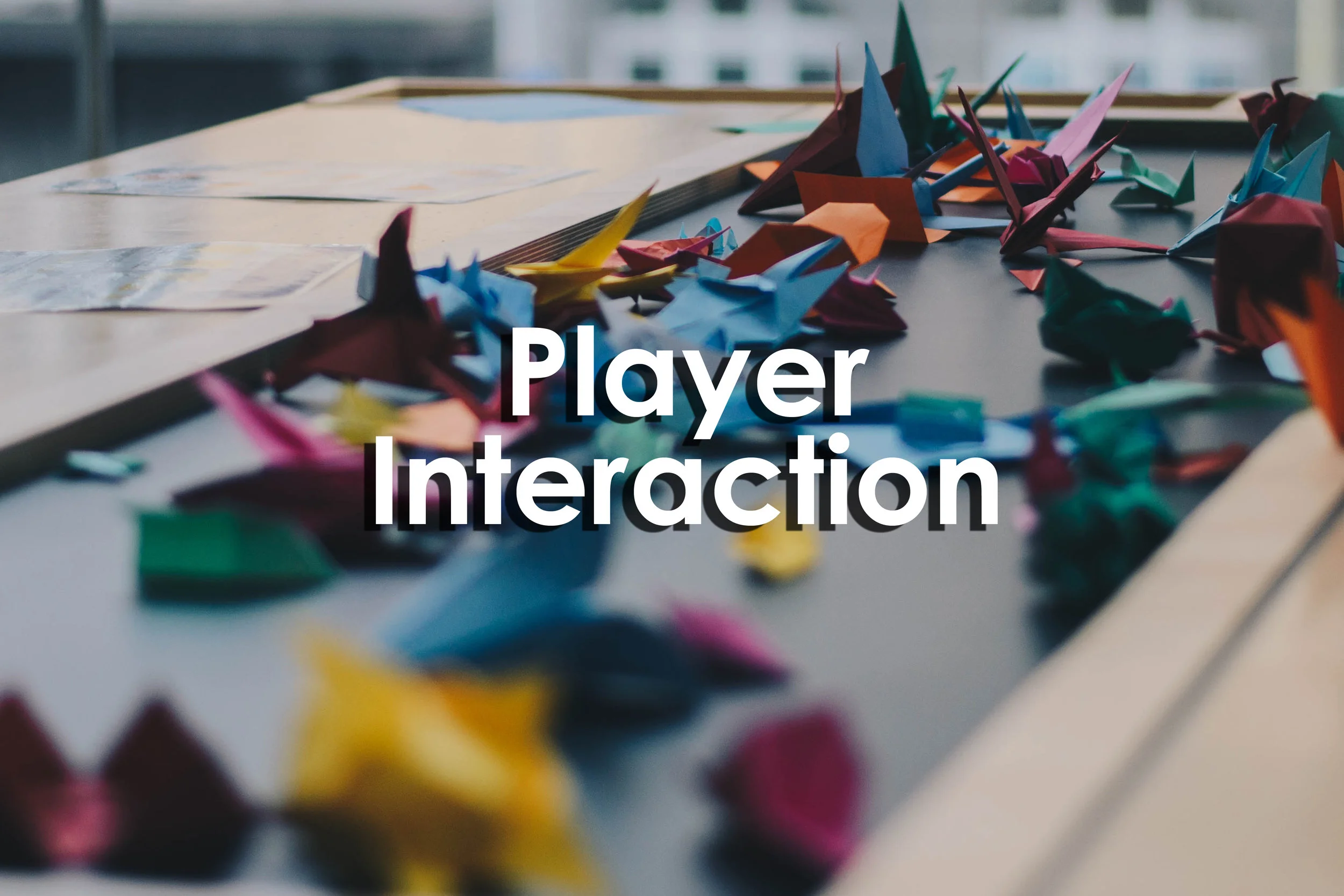This article will answer the question “What is the magic circle?” In addition, it’ll address the magic circle as the “separate and special place” in gaming. Characteristics and locations of the magic circle will be discussed as well as how players cross into the magic circle. Players’ rules and roles within the circle as well as their return to “reality” are covered in this article. Finally, this article closes on using the magic circle in games-based learning as well as some criticisms around its use.
Read MoreYes they can! These kinds of games are called idiogames and this article will take a deeper look into what they are. Challenges surrounding how we create definitions around games will also be included. This article will also cover the structure of how these meaningful decisions produce personal outcomes for ourselves. Finally, this article will close on some idiogame examples.
Read MorePlayer interaction is an important characteristic to consider when designing games. The designer has to answer the questions “How is the player going to interact with the game? How will the player interact with other players? what kind of decisions can the player make?” All of these questions should be answered when designing for player interaction. What specific role does player interaction play in game design?
Read MoreNarratives, toys, puzzles, and games all share some similar characteristics. But what makes them different and how do games tie them all together?
Read MoreIt’s no surprise when someone tells you that games are fun. Fun is one of the reasons that we play games. But what makes games fun and how can incorporate that into our designs?
Read MoreOne of the most characteristic things about today’s crop digital games is the grind. The grind, grindyness, or grinding aspect of some games is an aspect that most gamers have experienced at one time or another. But what does that mean? How do players experience it? How can designers and educators of games-based learning address the grind in our designs?
Read MoreGames and students have many things in common. One of the biggest commonalities are the type’s people they cater to. There will be the first year introductory courses that enroll mostly college freshmen. There are expansive games like Fortnite that appeal to competitive gamers. In between there are a plethora of different options available for many different types of students and gamers alike.
As a designer and instructor it’s best to understand our players and students. The better we understand them, the better able we are to cater to their needs and fully engage them in learning or play.
Read MoreBlack Mirror’s season five premiere Striking Vipers has an oddly coincidental connection to games and the “lusory agreement” the players follow when playing them.
Read MoreFeedback is an important part of the learning process. Feedback is also really important for games to be engaging and fun. Feedback in education is based on providing the student with tangible information that they can use to improve their learning, knowledge grasp, or retention. Feedback in a game is provided to the player in order to viscerally show them the impact of their actions.. The two can be combined in order to both meet learners’ outcomes as well as provide some interesting and engaging feedback in a games-based learning environment.
Read MoreFormal game structures are the cornerstone on which game designers build their experiences. These structures shape what the designer intends to convey and what the player hopes to takeaway. Recognizing these formal structures helps your players define their experience.
Read MoreThere are many types of games available for people to play and enjoy. One of the most familiar and heartwarming ones are narrative driven games. These are games where the player is the protagonist. They represent a singular avatar and experience the world and explore paths in the story together.
Read MoreWhat is a game? What makes a game? Games have been part of human history for many years. But do we even know what we are playing? What makes them fun, interesting, unique, and engaging?
Read MoreThis is a question that never comes up in my presentations: “What makes games so appealing?” Usually people already know the answer. So, they don’t ask the question. Lots of people have different reasons why they play games: because they like the characters or the story. Because they want to escape from their everyday lives (if only for a few minutes). Some like the challenge that games provide while other people like socializing around games. But another reason that makes so appealing? It’s because they are constantly changing.
Read More












